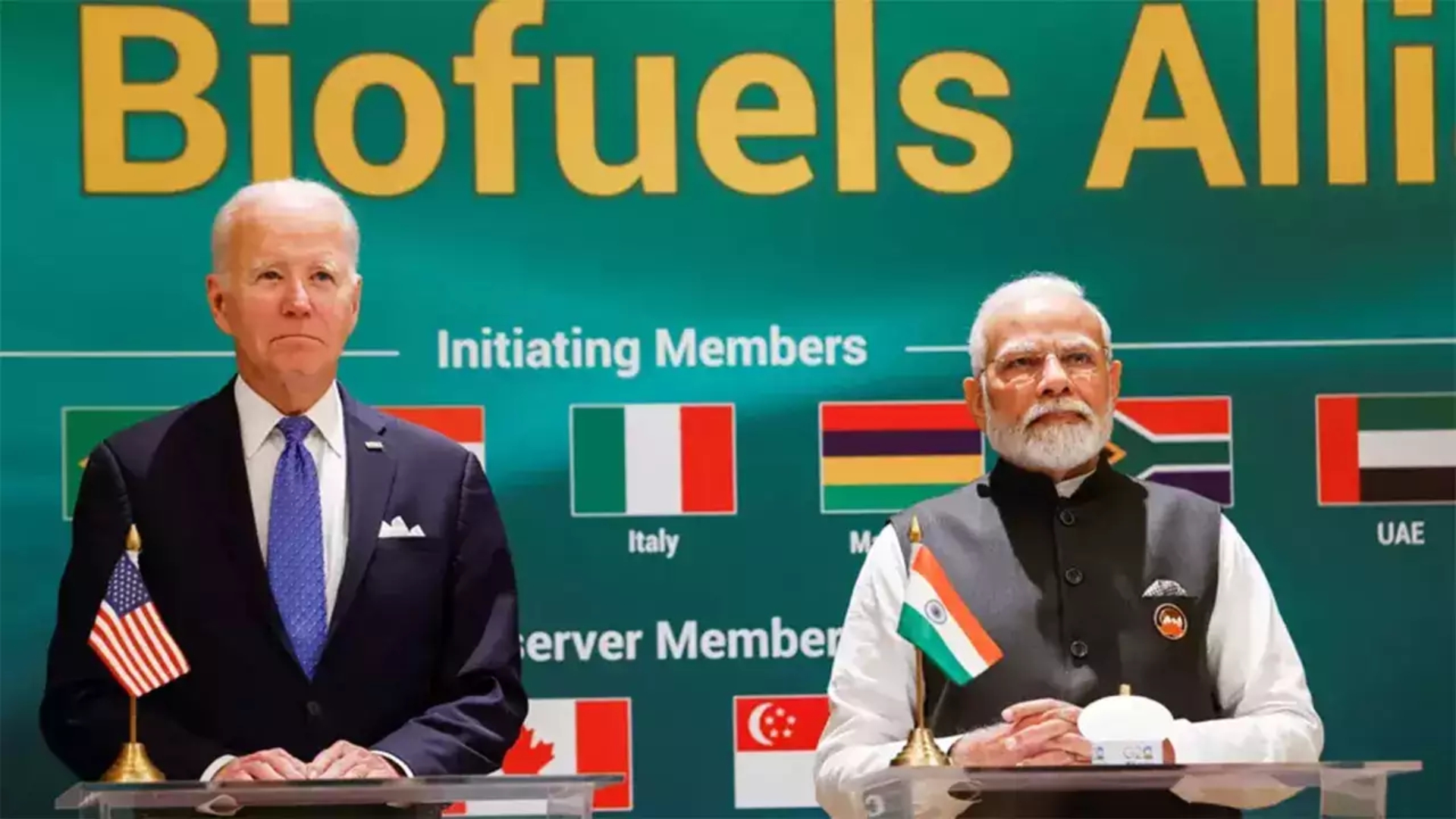Source : PTI | New Delhi: India on Friday invited Global South to join the recently launched Global Biofuels Alliance, saying it is willing to share its expertise with developing and less developed nations. A global alliance for promoting biofuels was launched at the Group of 20 leaders meeting in September with a view to reducing emissions in the transportation and industrial sectors.
The Global Biofuel Alliance, which includes top producers Brazil and the US, will help build the worldwide market for trade in biofuel, which is obtained from biomass.
Speaking at the 2nd Voice of Global South Summit, Oil Minister Hardeep Singh Puri said India achieved the target of mixing 10% ethanol in petrol in May 2022, five months ahead of the deadline, and has advanced the deadline for doping 20 per cent ethanol in petrol by five years to 2025.
Turning biomass into fuel helped the world’s third largest energy consumer provide an additional source of income for farmers as well as cut emissions.
“The Global Biofuels Alliance is a multi-stakeholder alliance of governments, international organisations and industries which is intended to expedite global uptake of biofuels. The alliance presently has 22 member countries and 12 international organisations and is continuously expanding. I invite countries of the Global South, those who have already not joined the GBA, to join us where we can collaborate further towards a cleaner and greener future,” Puri said.
Going up from a 1.4% biofuels blending in petrol in 2014, India achieved 10% blending of ethanol in petrol in May 2022, helping boost farmers’ income with a payment of USD 8.7 billion and also lowering carbon dioxide emission by more than 40 million metric tonnes in last 9 years, he said.
“India is keen to collaborate with countries of the global south, including for knowledge sharing, technology transfer, joint R&D activities, and development of human capabilities to name just a few areas,” he said.
Puri said India stands committed to achieving net zero by 2070, reaching the nation’s non-fossil energy capacity of 500 GW and meeting 50% of our energy requirements from renewable energy by 2030.
Today, India has become the world’s largest producer of renewable energy with 40% of its installed electricity capacity coming from non-fossil fuel sources, he said, adding that solar tariffs have come down from around INR 7 per unit in 2014 to INR 1.99 a unit now. Similarly, wind power has fallen from INR 3.5 per unit in 2014 to INR 2.77.
India has also launched a national green hydrogen mission with a target of producing 5 million tonnes by 2030, making India a global hub for the production, usage and export of green hydrogen and its derivatives, he said.
“In recent times, the world has faced a truly global energy crisis born out of increased energy demand from the post-Covid recovery and geopolitical disruptions, resulting in spikes in conventional fuel prices,” he said. “Effects of these extreme volatility are magnified in developing economies.”
Against this backdrop, achieving energy transition is contingent on global partnerships. “Such a collaborative approach will result in optimum resource distribution, technological tie-ups and the sharing of best practices,” he said.
Currently, India ranks as the third largest energy consumer globally. “We are on the rapid trajectory of becoming a 5 trillion dollar GDP economy by 2025. Consecutively, our energy demand is poised to grow exponentially. It is estimated that India alone will account for 25 per cent of the global energy incremental demand growth between 2020 and 2040, the largest incremental share by any nation.”
The minister said India has taken “a pragmatic and astute middle path that underscores commitment to mitigating climate change while supporting national interests and meeting India’s energy demand.”
“India’s broad diversification of its energy policy will help facilitate enhanced energy security. Towards this, the government of India has taken several steps including transformational policy reforms while focusing on waves of future that are non-conventional energy such as biofuels, compressed biogas, green hydrogen, solar and wind,” he added.











